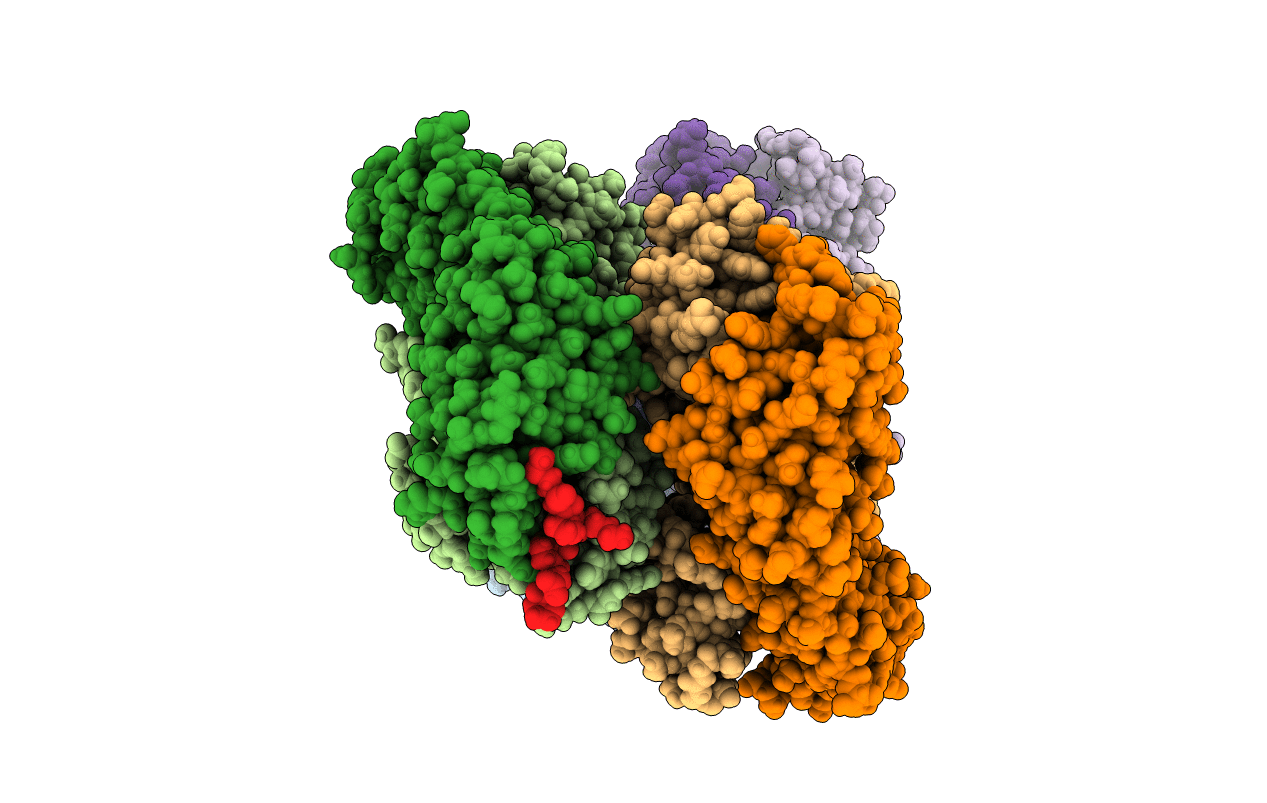
Deposition Date
2021-10-04
Release Date
2021-12-29
Last Version Date
2024-11-20
Method Details:
Experimental Method:
Resolution:
3.10 Å
R-Value Free:
0.24
R-Value Work:
0.22
R-Value Observed:
0.23
Space Group:
P 1 21 1


